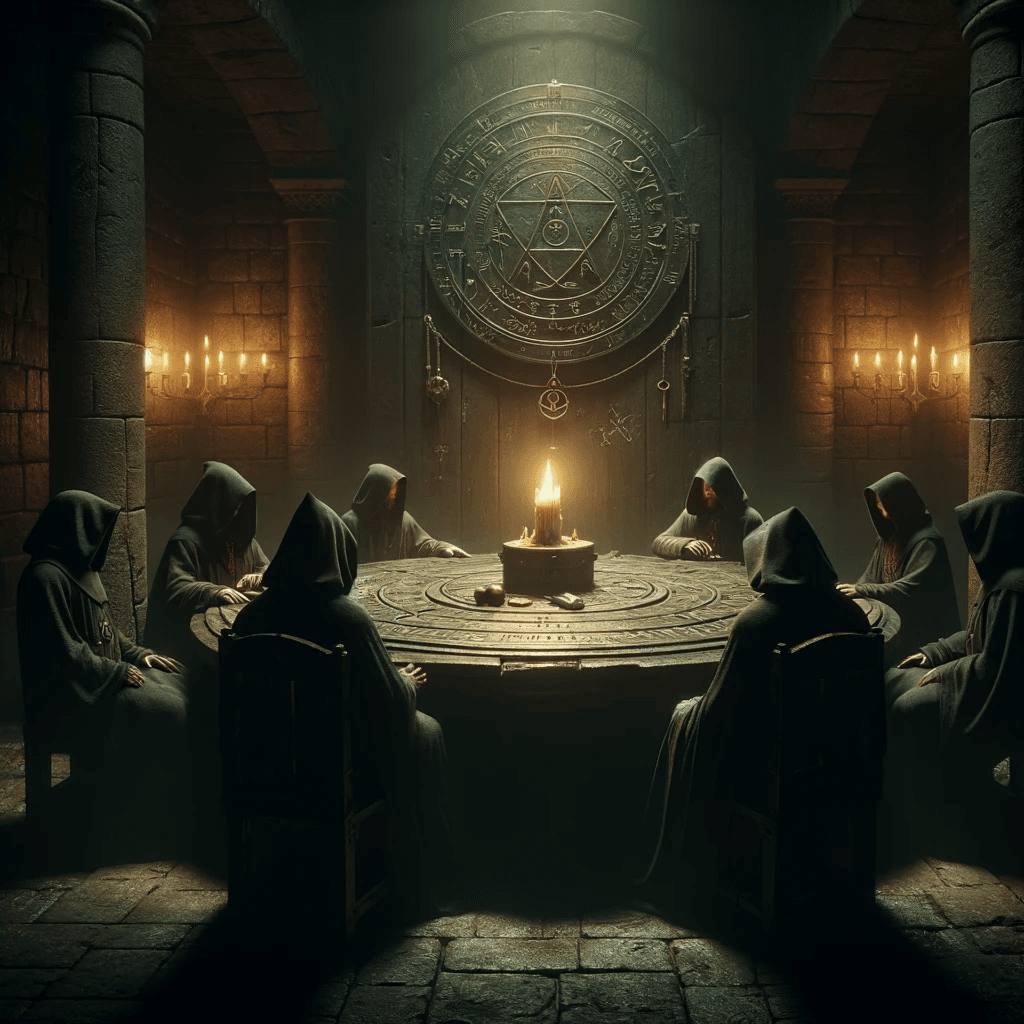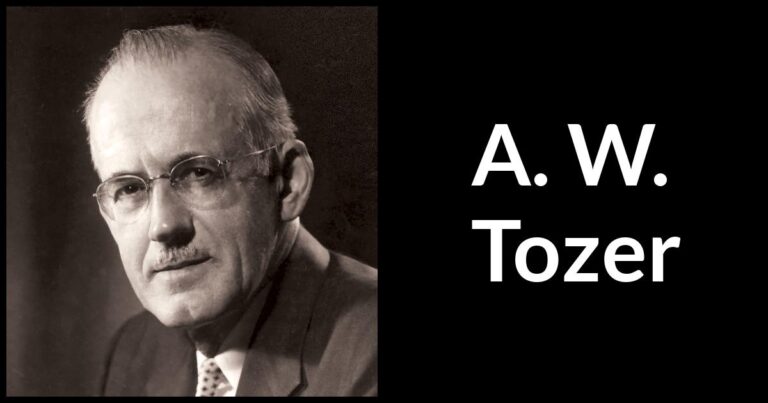
Wild Branch Ministries is a controversial organization that has often been labeled a cult. Founded in the late 20th century, it has garnered attention for its unconventional beliefs and practices. This article delves into the history of Wild Branch Ministries, exploring its origins, beliefs, controversies, and impact on its members and the wider community.
Origins of Wild Branch Ministries

Wild Branch Ministries was established in the late 1990s by a group of individuals seeking a deeper spiritual experience. The organization was founded by a charismatic leader who claimed to have received divine revelations. The initial aim was to create a community focused on spiritual growth through a unique interpretation of biblical teachings.
The founders believed that mainstream Christianity had strayed from its roots and sought to reclaim what they viewed as true faith. They emphasized a return to what they called “original Christianity,” which involved strict adherence to the Old Testament and a rejection of many modern Christian practices. This focus on returning to biblical basics attracted a following of individuals disillusioned with traditional churches.
Key Beliefs and Practices

Wild Branch Ministries is characterized by several unique beliefs that differentiate it from mainstream Christianity. One of the core tenets is the emphasis on the Hebrew Scriptures, which the founders believe hold the key to understanding God’s will. Members are encouraged to observe Jewish holidays and customs, viewing them as integral to their faith.
Another significant belief within the ministry is the concept of “restoration.” This idea suggests that the church must return to its early roots to fulfill its divine purpose. Members often engage in practices such as communal living, shared resources, and intensive study of the Bible. This lifestyle fosters a sense of community but can also isolate members from outside influences.
The ministry’s teachings often include apocalyptic themes, focusing on the end times and the need for spiritual preparedness. This emphasis can create a sense of urgency among members, leading them to adopt a more insular and protective approach to their faith.
Leadership and Structure

The leadership structure of Wild Branch Ministries is often described as hierarchical, with a single leader or small group of leaders holding significant authority. This centralized leadership can create a culture of obedience among members, discouraging dissent or questioning of the teachings.
The founder’s charismatic personality plays a crucial role in the ministry’s dynamics. Members often view the leader as a divinely appointed figure, which can lead to a cult of personality. This reverence for leadership can make it difficult for members to leave or challenge the organization, as they may fear spiritual consequences or social ostracization.
The group also utilizes a network of smaller congregations and home groups, allowing for localized community building while maintaining a connection to the central leadership. This structure can create a sense of belonging but can also perpetuate the group’s insular nature.
Controversies Surrounding the Ministry
Wild Branch Ministries has faced numerous controversies since its inception. Critics often label it a cult due to its secretive practices, strict adherence to leadership, and isolationist tendencies. Former members have recounted experiences of emotional manipulation and control, claiming that dissenting opinions were not tolerated.
The organization has also faced scrutiny for its financial practices. Reports have surfaced alleging that members are pressured to donate a significant portion of their income to the ministry. This financial dependence can create an environment where members feel trapped, both emotionally and financially.
Additionally, the group’s teachings on health and wellness have raised eyebrows. Some members have followed unconventional health regimens that deviate from standard medical advice. This has led to concerns about the well-being of individuals who may be discouraged from seeking necessary medical treatment.
Impact on Members
The impact of Wild Branch Ministries on its members can be profound. For some, the community provides a sense of belonging and purpose that they struggle to find elsewhere. The shared beliefs and practices create strong bonds among members, fostering a supportive environment. However, this sense of community can come at a cost.
Many former members report feelings of confusion and isolation after leaving the ministry. The intense focus on obedience to leadership and the exclusionary nature of the group can make it challenging for individuals to reintegrate into mainstream society. This transition can lead to psychological distress as they grapple with their past experiences and the loss of their spiritual home.
Moreover, the ministry’s teachings can instill fear about spiritual and physical consequences for leaving. This fear can create a psychological barrier, making it difficult for members to seek help or support from outside sources.
Public Perception and Media Attention
Wild Branch Ministries has garnered media attention over the years, often depicted in a negative light. Documentaries, news articles, and books have explored the group’s practices and beliefs, contributing to its controversial reputation. Public perception is often shaped by sensationalized accounts, which may not fully represent the experiences of all members.
The organization has attempted to combat negative portrayals by emphasizing its commitment to spiritual growth and community service. However, the lingering label of “cult” continues to affect its image and the ability to attract new members.
Social media has also played a role in shaping public perception. Former members have shared their stories online, providing insights into their experiences within the ministry. These accounts can influence potential new members’ perceptions and raise awareness about the group’s practices.
Conclusion
Wild Branch Ministries presents a complex case of a religious organization that straddles the line between community and cult. Its unique beliefs and practices have attracted individuals seeking a deeper spiritual experience, but its controversies and the impact on members raise valid concerns. Understanding the history and dynamics of Wild Branch Ministries is essential for anyone considering involvement with the group or seeking to comprehend the broader implications of such organizations in society.
As with any religious or spiritual pursuit, it is crucial for individuals to approach such communities with caution and awareness. The desire for belonging and spiritual fulfillment should not come at the expense of personal autonomy or well-being.
FAQs
What is the main goal of Wild Branch Ministries?
The primary goal of Wild Branch Ministries is to promote a return to what its leaders consider authentic biblical teachings, focusing heavily on the Hebrew Scriptures and early Christian practices.
How do members of Wild Branch Ministries typically live?
Members often engage in communal living, share resources, and participate in intensive Bible study. This lifestyle fosters a sense of community but can also lead to isolation from the outside world.
What has been the response of former members regarding their experiences?
Many former members report feelings of confusion and isolation after leaving the ministry. Some describe experiences of emotional manipulation and control while they were part of the group.
How does Wild Branch Ministries view mainstream Christianity?
The ministry often critiques mainstream Christianity for what it perceives as deviations from original biblical teachings. Members believe that many contemporary practices do not align with the teachings of the Hebrew Scriptures.
What steps can individuals take if they wish to leave Wild Branch Ministries?
Individuals wishing to leave should seek support from trusted friends or mental health professionals. It is crucial to create a plan and find resources that can help with the transition back to mainstream society.






